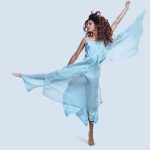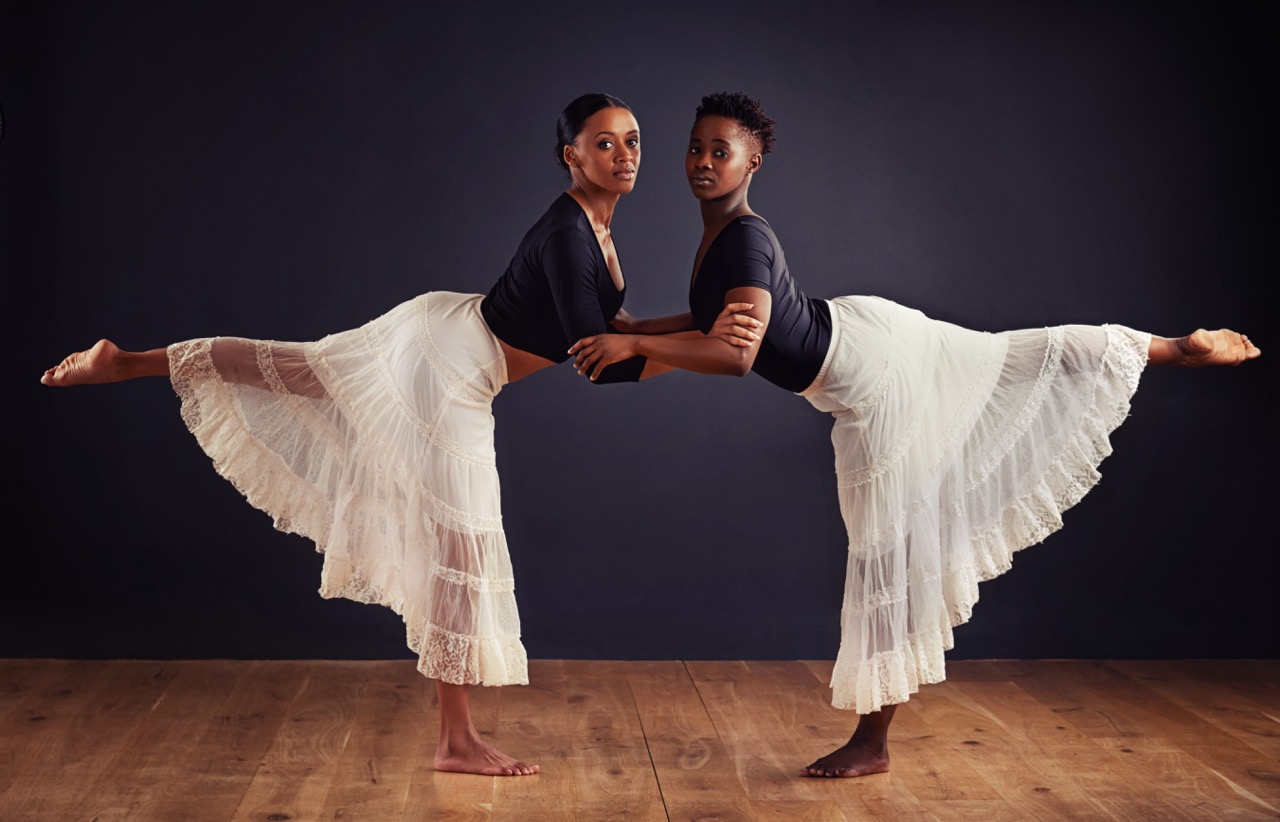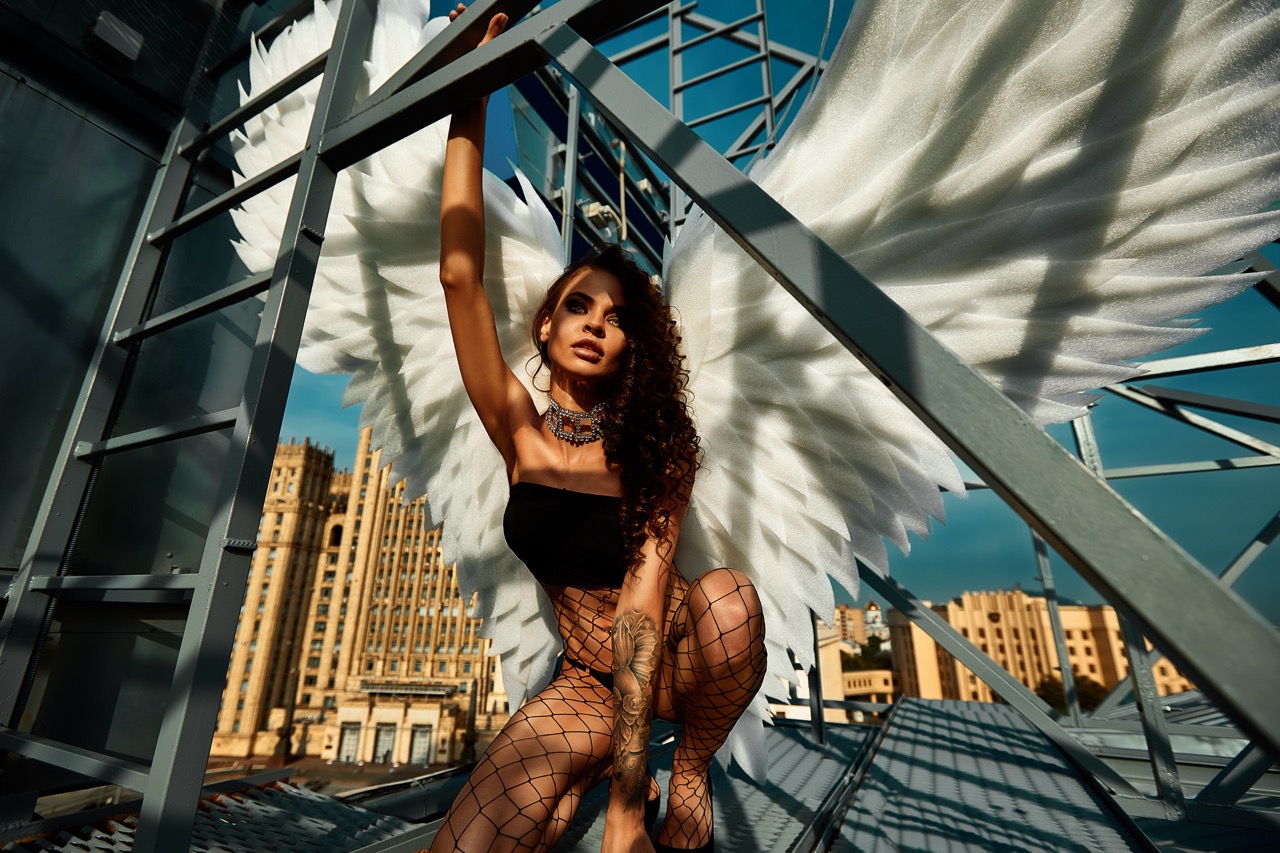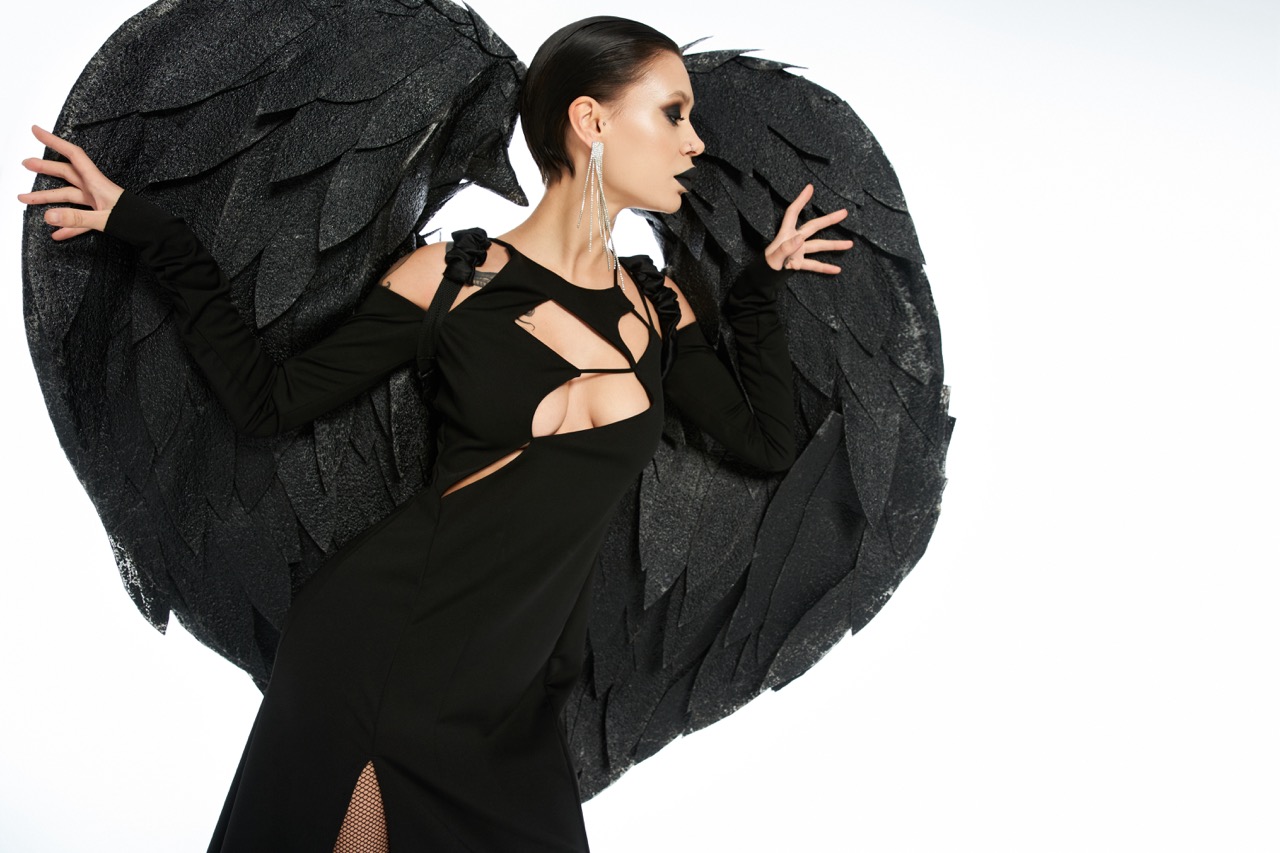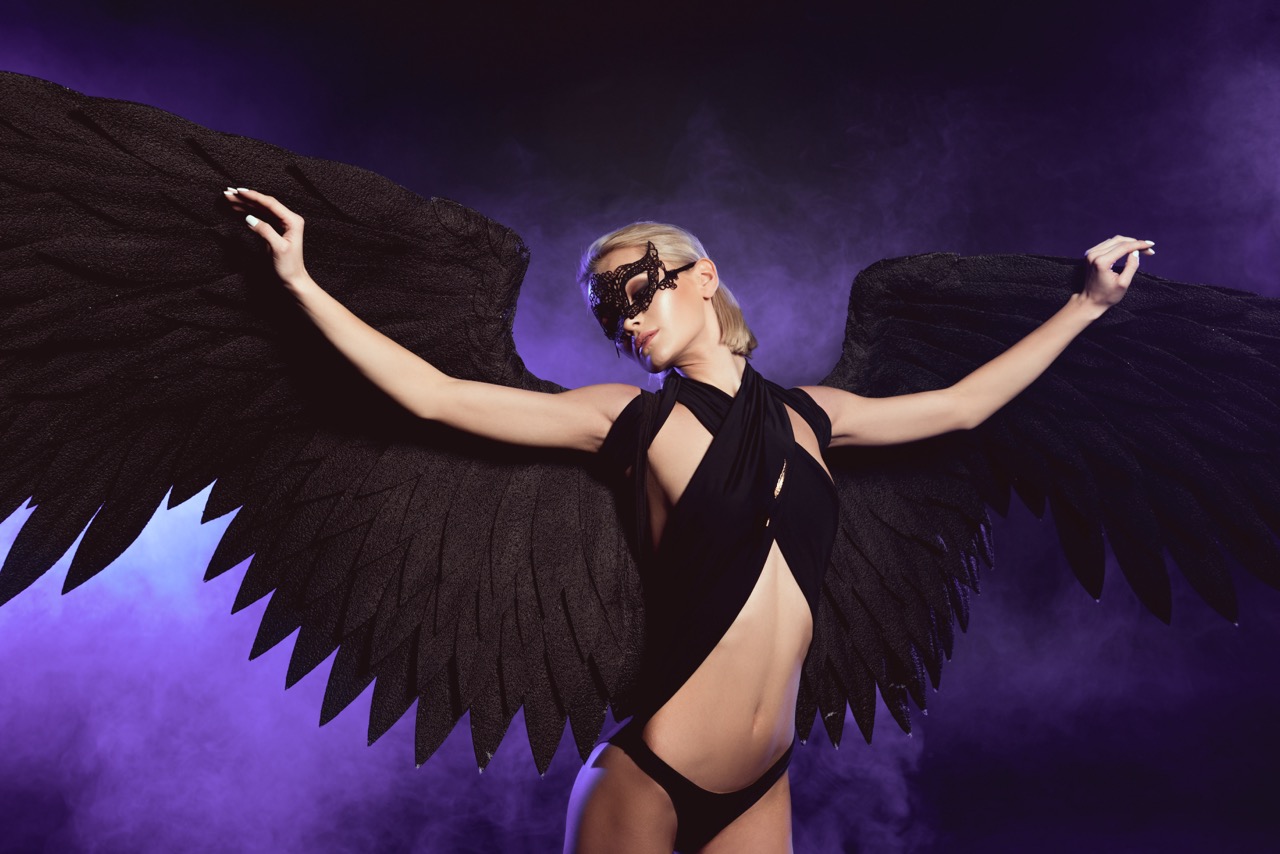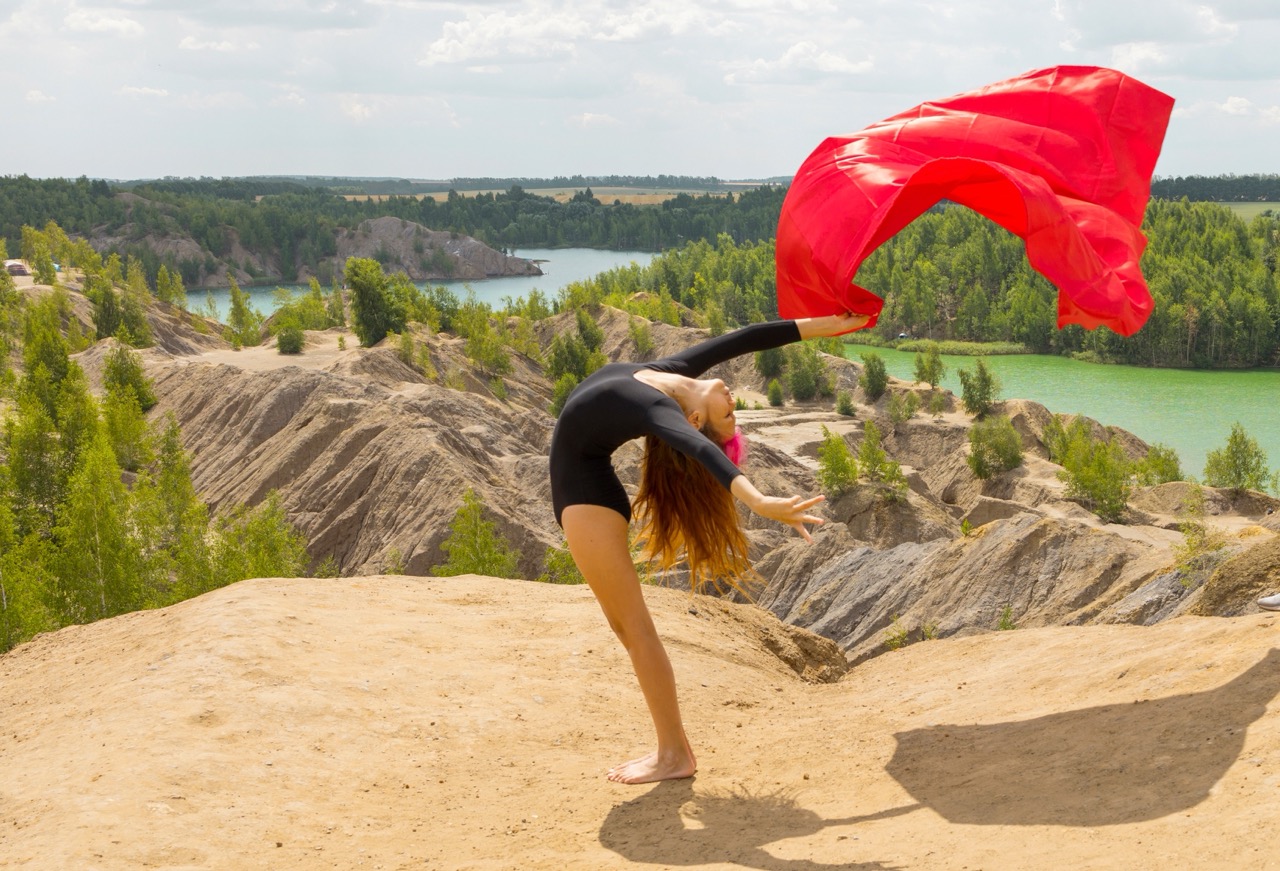Choosing the right winged costume for your dance company is a crucial decision that goes beyond aesthetics. Wings can serve as a powerful extension of a dancer’s expression and character, transforming a performance into a visually captivating experience. The selection process involves not just finding a pair of beautiful wings but ensuring they align with the dancers’ movements, themes of the routine, and overall production design. In this article, we will explore the key considerations for selecting the ideal winged costumes that will elevate your performance.
Discovering the Perfect Winged Costume for Your Dancers
The first step in discovering the perfect winged costume is to assess the overall theme and narrative of your dance piece. Wings can symbolize a range of concepts, from freedom and transcendence to fragility and grace. Collaborate with your choreographer to determine how the wings will enhance the storytelling aspect of the performance. Are you depicting mythical creatures, angels, or something entirely unique? Each concept will dictate the style, size, and color of the wings you choose.
Next, consider the individual dancers who will be wearing the wings. Each dancer has their own unique style, body type, and movement capability. It’s essential to involve them in the selection process to ensure that the wings not only look stunning but also complement their dancing. Trying on various wing styles can help gauge how well they move in conjunction with the choreography—wings should enhance movement rather than hinder it.
Finally, don’t overlook the visual impact of the wings in the context of the entire ensemble. Examine how the wings interact with the costumes, lighting, and stage design. The color palette, texture, and size of the wings should harmonize with the overall aesthetic of the performance. Whether you choose large, extravagant wings or delicate, understated ones, ensuring cohesion will create a more powerful visual narrative for the audience.
Key Factors to Consider When Selecting Wings for Dance
When selecting wings for dance, one of the most critical factors is weight. Heavy wings can fatigue the dancer and limit their range of motion, ultimately detracting from their performance. Lightweight materials such as feathers, organza, or nylon are excellent choices for creating wings that are both visually stunning and easy to maneuver. Always consider the dancer’s comfort and ensure they can perform dynamic movements without feeling weighed down.
Another vital factor is the wings’ attachment mechanism. Depending on the design, wings can be affixed to the dancer through harnesses, straps, or clips. It is essential to choose a method that ensures security while allowing for quick changes if necessary. Dancers should feel confident that their wings will stay in place throughout the performance—this peace of mind allows them to focus entirely on their choreography.
Finally, consider the wings’ visibility from various distances and angles. What may look stunning up close might lose its impact when viewed from afar, particularly in larger venues. Test the wings under stage lighting to see how they appear in the context of your performance space. The detail, color, and reflection should work harmoniously to create a visually arresting effect that captivates the audience throughout the show.
Enhancing Performance: The Right Materials and Designs
The choice of materials can significantly affect not only the appearance but also the performance of the wings. For instance, faux feathers can provide a soft, ethereal look, while metallic fabrics can create a striking contrast with the dancer’s movements. Additionally, consider incorporating materials that can catch light in intriguing ways, such as sequins or iridescent fabrics. Such choices can enhance the dynamic quality of the performance, creating a sense of movement and fluidity.
Design is also paramount. Wings come in a variety of styles, from the classic angelic designs to more avant-garde interpretations that can incorporate asymmetry and mixed materials. The design should reflect the theme of the dance while also allowing for freedom of movement. Explore different shapes and structures—broad, sweeping wings can evoke a sense of grandeur, while smaller, intricately designed wings can add to a character’s delicacy and charm.
Incorporating elements such as LED lights or reflective materials can also elevate the wings further. With the right lighting, wings can create stunning visual effects that enhance the emotional impact of the performance. Just as in any aspect of stage design, innovation in wing design can set your dance company apart, making the performance unforgettable for the audience.
Unleashing Creativity: Customizing Wings for Stage Impact
Customization is the key to creating wings that truly stand out on stage. Engaging with local artisans or costume designers can lead to unique creations tailored to your dance company’s specific needs and vision. Customization allows for personal touches that can reflect each dancer’s personality or the character they portray, making the performance even more engaging. From painted designs to intricate beadwork, the possibilities are endless.
Consider integrating technology into your wing design. Custom wings can include features like sound components that sync with the choreography or even kinetic elements that move with the dancer’s motions. This blend of artistry and innovation not only captivates the audience but can also add a layer of depth to the performance, inviting viewers to experience the dance on multiple sensory levels.
Finally, don’t underestimate the power of rehearsal with custom wings. Dancers should practice extensively in their costumes to ensure they can move freely and confidently. This is essential in identifying any potential challenges with visibility, mobility, or comfort. Involving the dancers in the design and customization process fosters a sense of ownership and creativity, which can translate into a more powerful performance.
Choosing the right winged costume for your dance company is an exciting journey that requires thoughtful consideration of aesthetics, functionality, and creativity. By collaborating with your dancers and choreographers, focusing on key factors such as materials and designs, and considering customization options, you can create a visually stunning and meaningful performance. As you embark on this journey, remember that the right wings will not just be an addition to your dancers’ costumes—they will be an integral part of their storytelling, enhancing their movements and captivating your audience.




